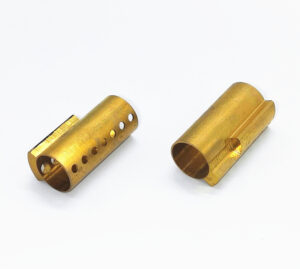How to fix a door lock cylinder. Do you have a door lock cylinder that is not functioning correctly? It can be a frustrating experience to struggle with a malfunctioning lock. Fortunately, many lock problems can be resolved with a little effort and the right tools. In this article, we will guide you through the steps to fix a door lock cylinder.
Step 1: Identify the Problem Before you begin fixing your lock, it is essential to identify the problem. Common issues with door lock cylinders include a worn out or damaged cylinder, a key that does not turn smoothly, or a key that gets stuck in the lock. To fix your lock, you will need to determine the root cause of the problem.
Step 2: Gather Your Tools To fix your lock cylinder, you will need a few basic tools. These include a screwdriver, pliers, a lubricant such as WD-40, and a replacement cylinder if necessary. It is essential to ensure that you have the correct replacement cylinder for your lock model and brand.

Step 3: Remove the Lock Cylinder To remove the lock cylinder, you will need to remove the doorknob or handle. Look for screws located on the inside of the door and unscrew them. Once the screws are removed, the doorknob or handle should come off easily. Next, use your pliers to remove the retainer ring or clip that is holding the cylinder in place. Once the retainer ring is removed, you can pull the cylinder out of the door.
Step 4: Inspect the Cylinder Once you have removed the lock cylinder, inspect it for damage or wear. Check the keyway for any debris or foreign objects that may be preventing the key from turning smoothly. If the cylinder is damaged, you will need to replace it.
Step 5: Lubricate the Cylinder If the lock cylinder is not damaged, it may simply be in need of lubrication. Use your lubricant to spray the cylinder, making sure to cover all moving parts thoroughly. Allow the lubricant to sit for a few minutes before trying the key again.
Step 6: Reinstall the Cylinder Once the cylinder has been lubricated or replaced, it is time to reinstall it. Insert the new or lubricated cylinder back into the lock housing and replace the retainer ring or clip. Next, replace the doorknob or handle and secure it with the screws.
Step 7: Test the Lock Finally, test your lock to ensure that it is functioning correctly. Insert your key and turn it to make sure the lock is engaging properly. If the lock still does not work correctly, you may need to repeat the process or seek the help of a professional locksmith.
Conclusion Fixing a door lock cylinder can be a simple and straightforward process with the right tools and knowledge. By following these steps, you can resolve many common lock issues and ensure the security of your home or business. Remember to always exercise caution when working with locks and seek professional help if needed.
